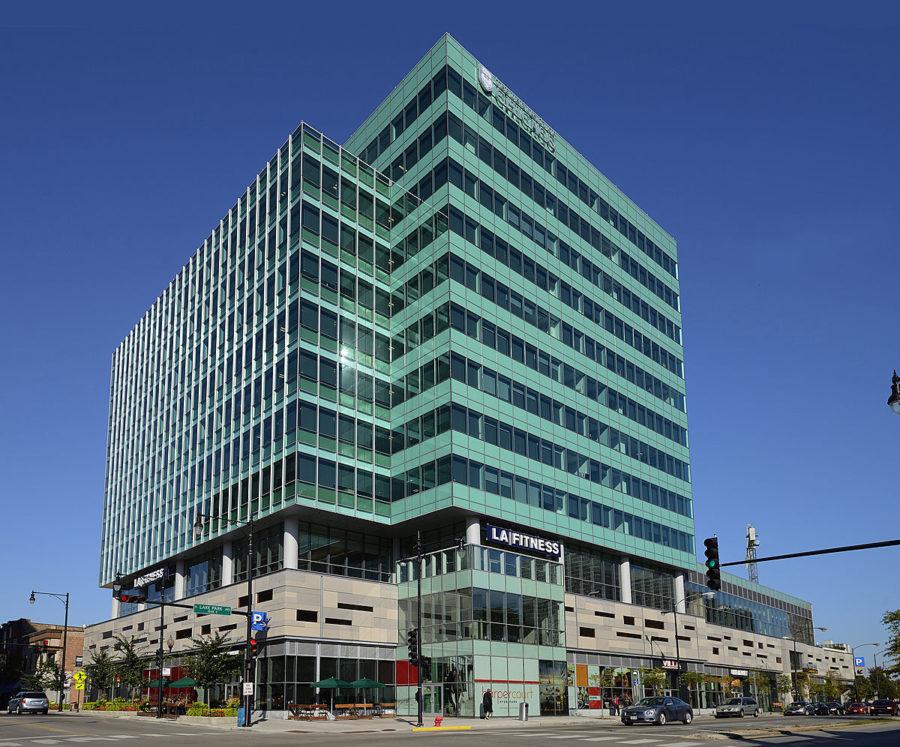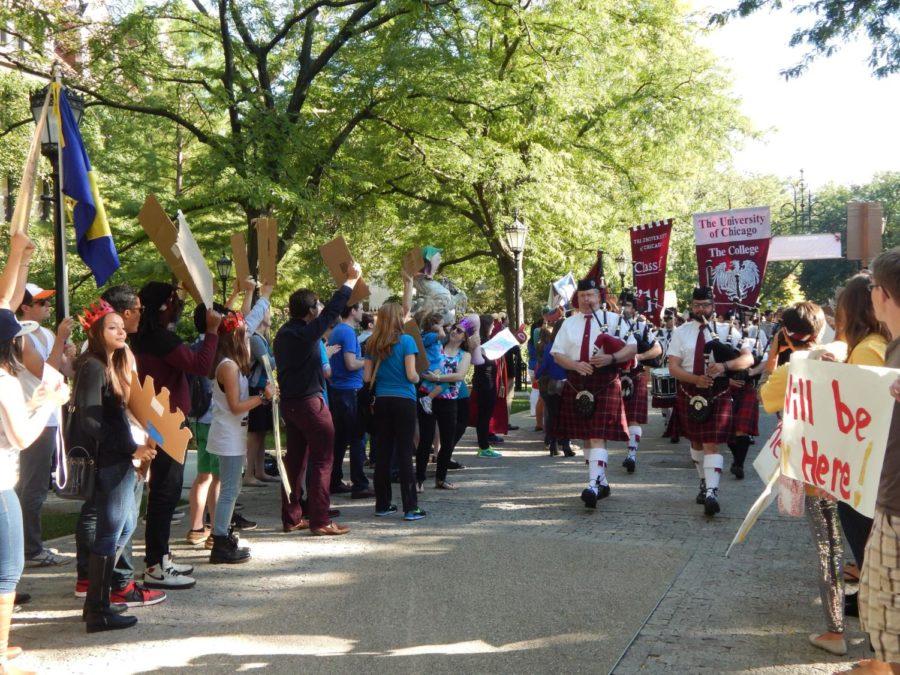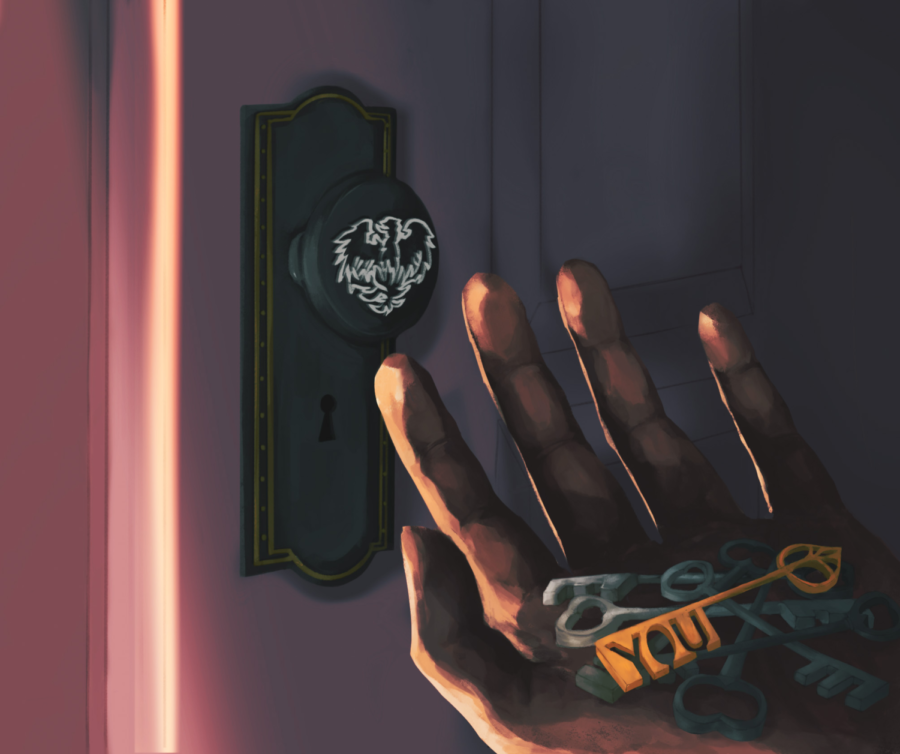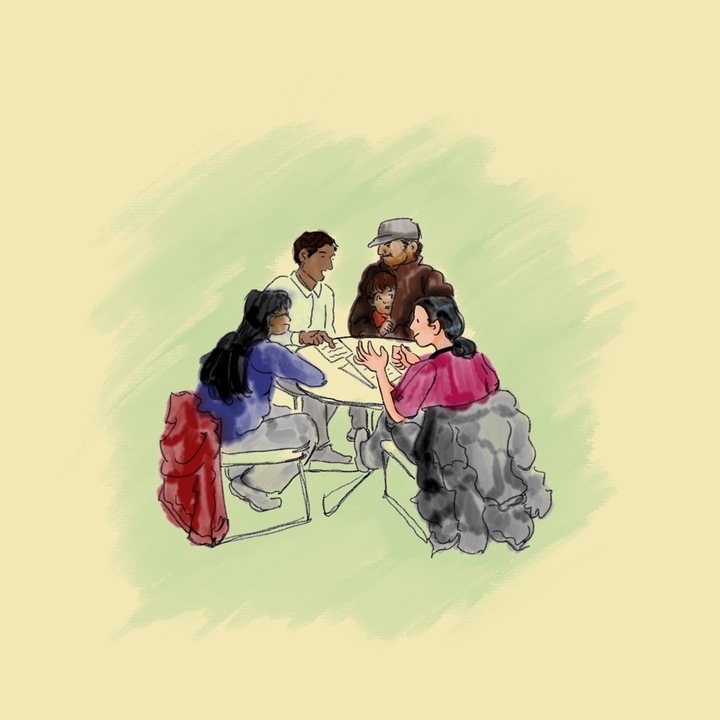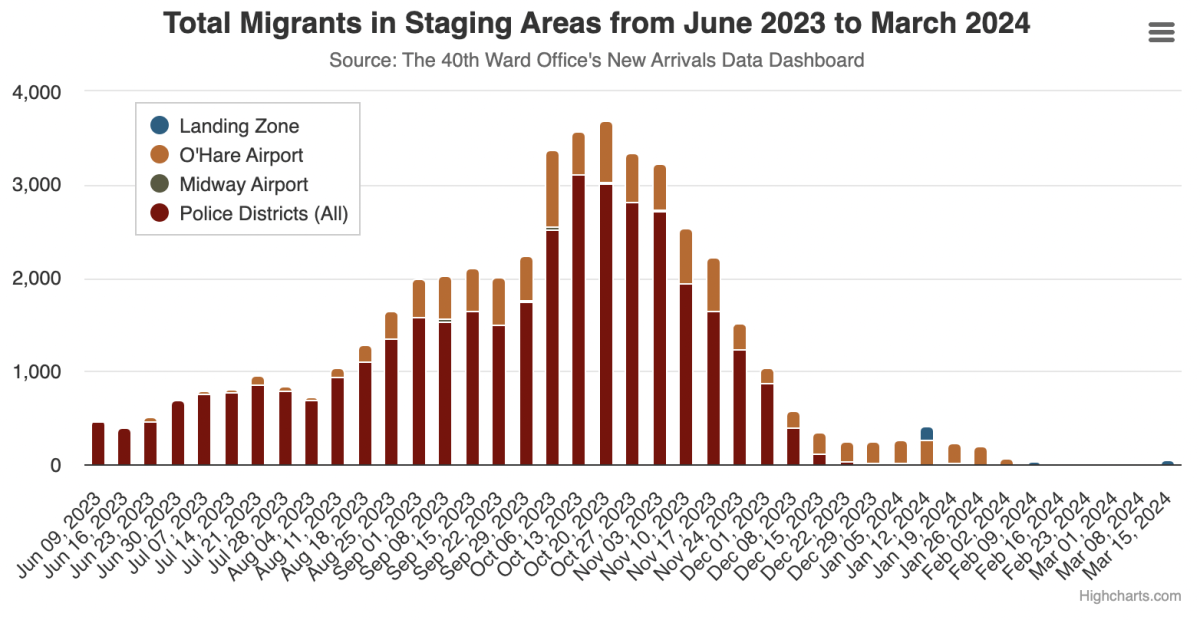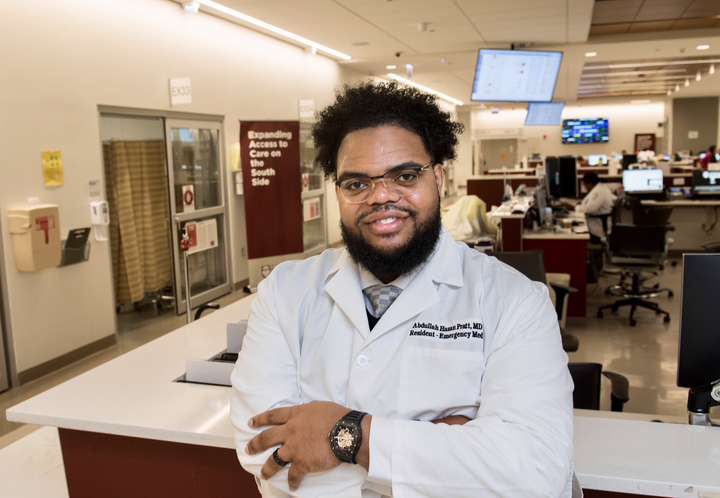In recent years, the University has grown into an economic mover in the South Side as it continues to fund development projects and increase its role in local commerce. UChicago’s commercial real estate portfolio includes properties along the 53rd Street corridor, the Jewel Osco grocery store, and the Study Hotel slated to open next year.
Gary Ossewaarde has lived in Hyde Park for 50 years since graduating from the University. Since then he has seen the University and its surrounding neighborhoods grow alongside one another, but in the past few decades has noticed the University’s footprint on Hyde Park shifting from residential student housing to commercial properties.
“The University has gone in two different directions at once. They’ve invested a little bit in commercial real estate and put up some big developments but they sold a big proportion of the residential [properties],” Ossewaarde told the Maroon in an interview.
“The effects of that we’re still monitoring.” Ossewaarde serves as secretary for the Hyde Park-Kenwood Community Conference (HPKCC) which has worked to ensure affordable housing as rents rise with increasing commercial investment on the South Side.
Real Estate Management
The University manages its real estate properties through several subsidiaries and holdings companies such as the University of Chicago Property Holding Corporation, Lake Park Associates, and Harper Court Holdings LLC.
These companies manage and trade the University’s real estate holdings that are, “located outside the University’s campus, and typically are leased to retail tenants that provide valuable amenities to our local communities,” University spokesperson Gerald McSwiggan told the Maroon.
The University also has an external affairs unit, Commercial Real Estate Operations (CREO), that facilitates and directs the vision for development projects. “CREO also routinely coordinates with local business organizations and attends community meetings to ensure the University’s retail tenants, which include local and national tenants, contribute to the community’s vision for a vibrant commercial corridor,” McSwiggan said.
Developments and Acquisitions
The University’s development and leases along the 53rd Street corridor comprise the majority of the University’s local holdings past campus boundaries. “Beginning in 2007, the University worked with local aldermen, the City of Chicago, and community organizations to host community planning and visioning workshops to help determine the future of the 53rd Street commercial corridor,” McSwiggan said.
According to McSwiggan, the result of this was the Harper Court development, a 17 story mixed-use building with office, retail, and residential space. “As part of the redevelopment strategy, the University moved more than 550 employees to the new office development to stimulate local business,” McSwiggan said.
Since completing construction in 2013, the Harper Court is now in its second phase of development, which has promised even more space and opportunity for local businesses and residents. These include discounted rates for “local businesses with a focus on science, entrepreneurship, and innovation” and diversity goals of 40 percent minority-owned and 6 percent women-owned contractors for construction.
Community Impact & Perspectives
UChicago’s continued development, however, has been controversial. Some community members claim that the University of Chicago’s commercial development has had a displacing effect on local residents. While the University has stimulated the area’s economy, creating new jobs and housing small businesses, that has come at the expense of some other small businesses and affordability for those long-time low-income residents.
In 2014, small business owner Akroma Kourouma Sahan fought in civil court to keep her salon, located on the Harper Court property and owned by Lake Park Associates, from being replaced with space to be occupied by the Chicago Innovation Exchange, a University campaign meant to support entrepreneurs and business start-ups.
“In some sense they’re lying with facts,” graduate student David Zegeye said. “For instance, when they’re building the new Woodlawn Commons Dorm…they are technically bringing jobs, they are bringing businesses…but what we’re really asking is, ‘Are those for Woodlawn residents? Are those for the folks who you’ve harmed the most?”
Zegeye organizes for UChicago for a Community Benefits Agreement, an activist group that has worked to combat what they characterize as the gentrifying potential of the University and the forthcoming Barack Obama Presidential Center.
“In recent years it's been especially interesting how the surrounding neighborhoods such as Woodlawn, Washington Park, even Bronzeville, have been marketed by the University as opportunity areas for professors and faculty to move into,” Zegeye said.
“It's kind of scary in some sense how this University has spent decades disinvesting and segregating Black neighborhoods and then, as soon as it sees a market opportunity, it jumps on it.”
For Linda Thisted, President of the Coalition for Equitable Community Development based in the Hyde Park-Kenwood Area, the impacts of the University's commercial development are not so black and white.
As a long-time affordable housing advocate and Hyde Park resident, Thisted is well aware of the role the University has played driving up rents. However, unlike more hardline anti-gentrifiers, she says that development does have some positive impact on existing residents.
“Frankly, for a long time, a lot of the national vendors have not even considered Hyde Park,” Thisted said. However, recent University developments have served as a magnet for much needed economic investment on the South Side. “Once you have a critical mass then the smaller developers get in and they kind of pile on.”
Path Towards Sustainable Growth
When it comes to repairing the displacement the University has contributed to, Zegeye’s and Thisted’s solutions are largely the same.
To maintain affordability and guarantee space for long-time and low-income residents, community benefit agreements and housing ordinances are necessary to draw restrictions on development projects, they say.
The other crucial factor is engaging the community in planning discussions.
Although the University has largely improved upon this benchmark in recent years through the work of the Civic Engagement Office and partnerships with the Hyde Park Vitality group, Thisted recalled the University’s failure to follow through on including affordable housing in Harper Court. Since then, neither she nor Ossewaarde of HPKCC have been involved in community conversations on the University's more recent developments.
“To put it in the words of Alderwoman Taylor,” Zegeye said, paraphrasing the representative of the 20th Ward, “once gentrification comes, in some sense, you can’t stop it.”
“But what we can do and are supposed to do is support existing low-income residents, specifically low-income, Black residents…even having them be the ones that lead the change in the neighborhood. That is what we really need to focus on.”




